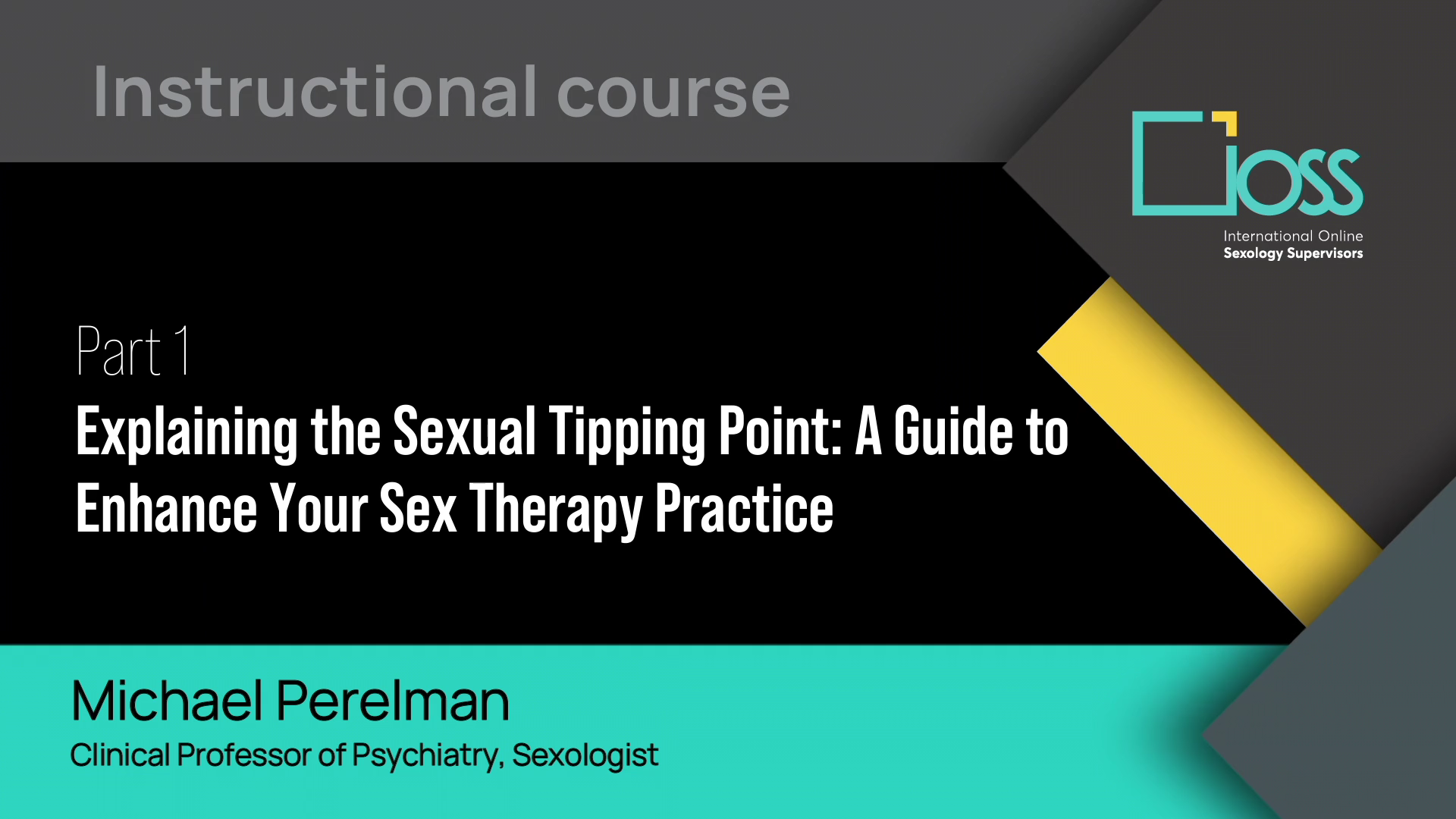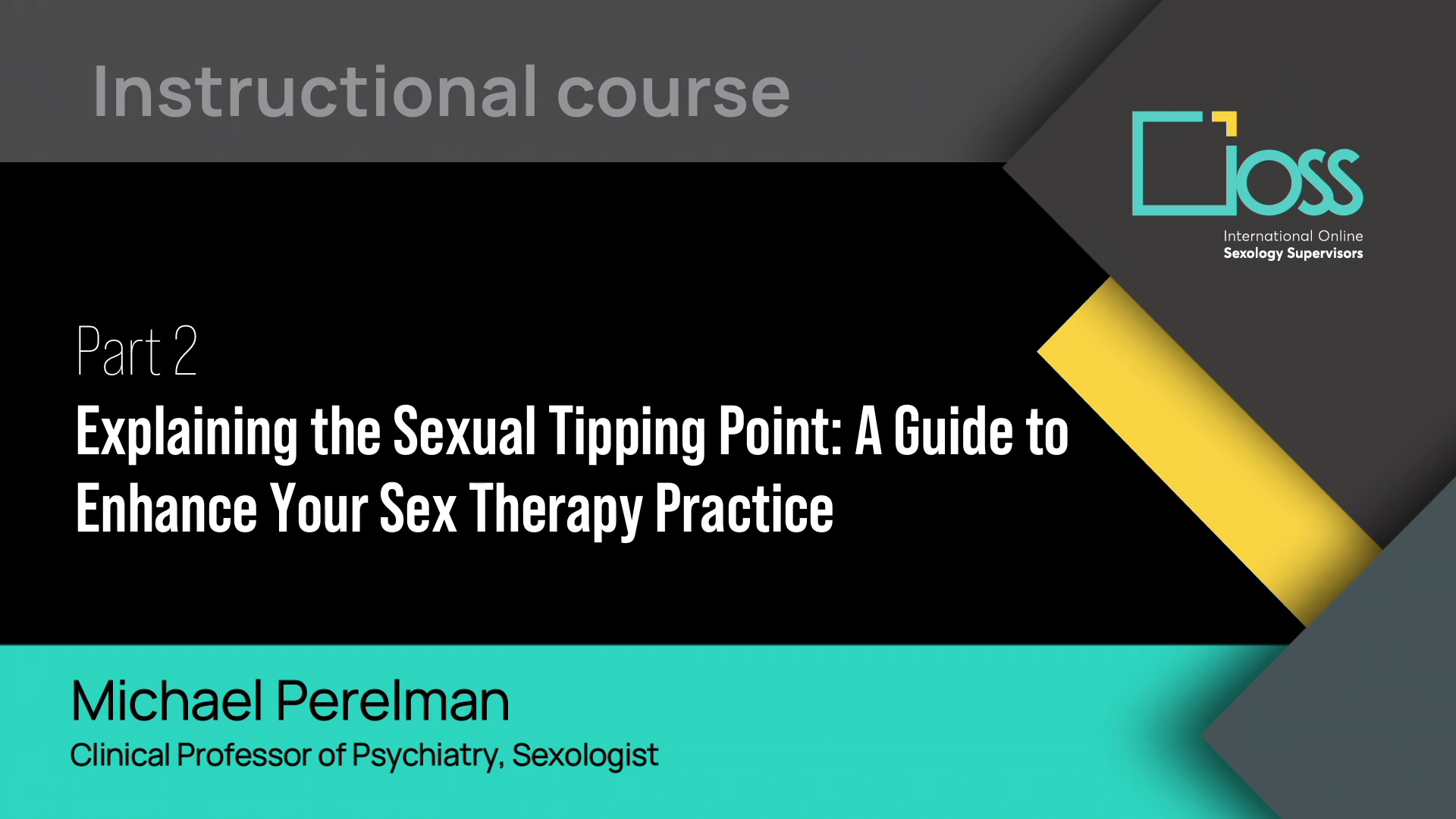Explaining the Sexual Tipping Point: A Guide to Enhance Your Sex Therapy Practice (Part 1 & 2)
1h 32m
Michael Perelman
Clinical Professor of Psychiatry & Sexologist
Content and aim: Evolving over the 45 years, including two decades of collaboration with Helen S. Kaplan, the Sexual Tipping Point® Model is intended to optimize the understanding and treatment of sexual disorders. The Sexual Tipping Point® model easily illuminates the mind-body concept that both physical and mental factors can “turn you on” as well as “turn you off.” The Sexual Tipping Point or STP depicts a person’s moment to moment sexual response (or lack), as regulated by the interaction of their predisposing biological capacity with biomedical, psychosocial and cultural determining factors. An individual’s STP differs from one experience to another, based on the proportional impact of one factor dominating, as others recede in importance. The STP model can illustrate both the intra and inter-individual variability characterizing sexual response and its disorders for both men and women. Each factor may vary in terms of magnitude and valence, and maybe bidirectional. Initially, the STP was considered one of a number of “Dual Control” models. By 2018 it was recognized as the first “Variable Control” model, reflecting advances in our biological, psychosocial and technological knowledge about the human body. Besides illustrating all etiological permutations, including normal sexual balance, the Sexual Tipping Point® concept is particularly useful for modeling treatment and can easily be used to explain risks and benefits for patients with sexual disorders. The STP model can be used to teach clinicians and patients when and how to prioritize focus on different treatment targets, depending on the assessment of their etiological determinants. Teaching the STP model to the patient and partner can reduce patient and partner despair and anger, while providing hope through a simple explanation of how the problem’s causes can be diagnosed, parsed, and “fixed”. In fact, the Sexual Tipping Point® also allows for modeling of a variety of future treatments, including medical/surgical interventions not yet discovered or proven. This transdisciplinary vision emphasizes the integration of sexual counseling with appropriate use of medical interventions (as required) to optimize care. The main advantage of the STP over other models is its simplicity and the ease with which it provides clinicians as well as their patients (and partners) with a common-sense explanation of sexual problems and potential solutions thus inspiring hope.
Learning Objectives: This intermediate instructional course is designed to help clinicians:
- Learn to define the variable control Sexual Tipping Point Model® and to differentiate it from other biopsychosocial models.
- Learn to evaluate a patient’s “sex status” and implement the Sexual Tipping Point Model® to enhance diagnosis, treatment formulation and treatment planning.
- Learn why the Sexual Tipping Point Model® is an ideal aid to explain diagnosis and treatment to patients/partners to increase understanding, motivation and hope for a successful outcome.
Produced in 2022
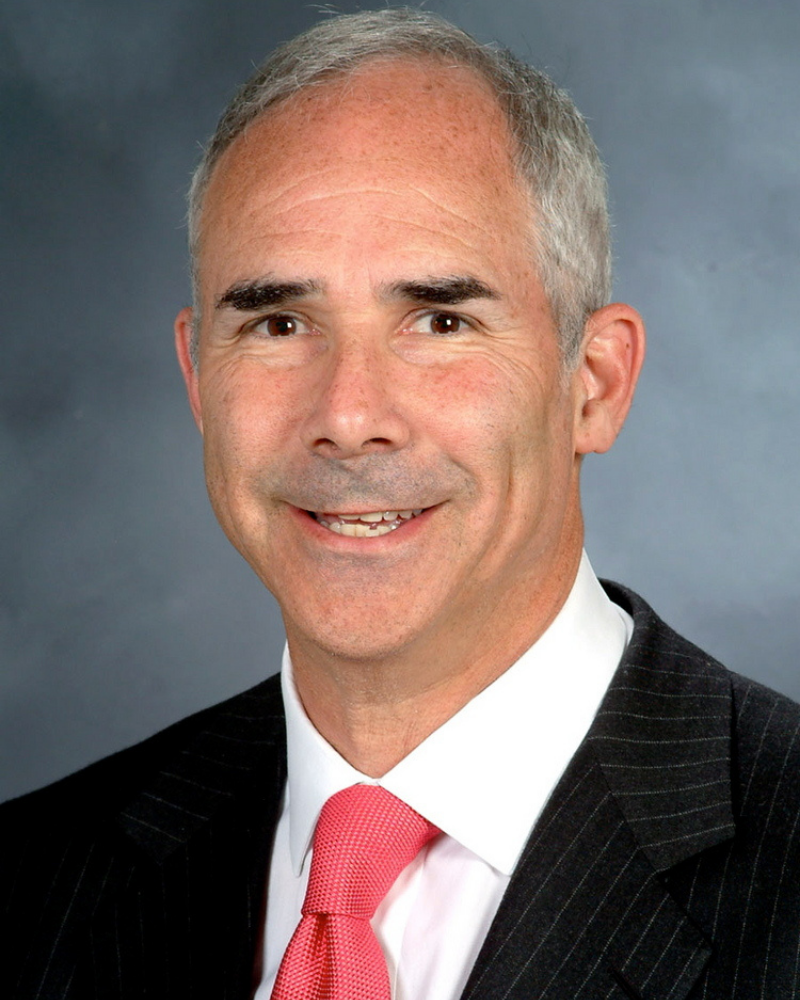
Michael Perelman
Clinical Professor of Psychiatry & Sexologist
Distinguished Guest
Dr. Michael A. Perelman is a Clinical Professor Emeritus of Psychiatry and former Clinical Professor of Reproductive Medicine, and Urology at Weill Cornell Medicine in NYC
He has directed its Human Sexuality Program, (founded by Helen Kaplan) for over 20 years. That program is the longest running sex therapy case conference in the world, providing continuing education for its graduates and guests. A National Institute of Health Fellow, in 1976 he wrote the first sex therapy dissertation in Columbia’s history. Dr. Perelman was Chief Intern at Duke University Medical Center, followed by a Post-Doctoral Fellowship studying sex therapy at NY Presbyterian Hospital. In 2012 he founded the MAP Education and Research Foundation a public charity, emphasizing a biomedical-psychosocial and cultural approach to sexual disorders, using its Sexual Tipping Point® Model. The Foundation grants STP Awards for best abstract/presentations delivered at professional meetings. As an international leader, Dr. Perelman served on several of their boards of directors and was the President of The Society for Sex Therapy and Research. He is a Fellow of the Sexual Medicine Society of North America, the International Society for Study of Women’s Sexual Health, and the Society for the Scientific Study of Sex. He has received Awards for Excellence from the American Psychological Association, AASECT, and the University of Minnesota. He co-edited, Management Of Sexual Dysfunction In Men And Women: An Integrated Approach, and served as the Editor in Chief, re-establishing Springer’s Current Sexual Health Reports, and is now Emeritus Editor in Chief. He serves on several publications’ Board of Directors, and as a consulting editor, or reviewer. Besides over 200 publications including 70 peer reviewed, over 25 sexual medicine chapters, countless abstracts, 290 invited presentations, Perelman also writes an invited Blog for Psychology Today called the “Sexual Tipping Point.”

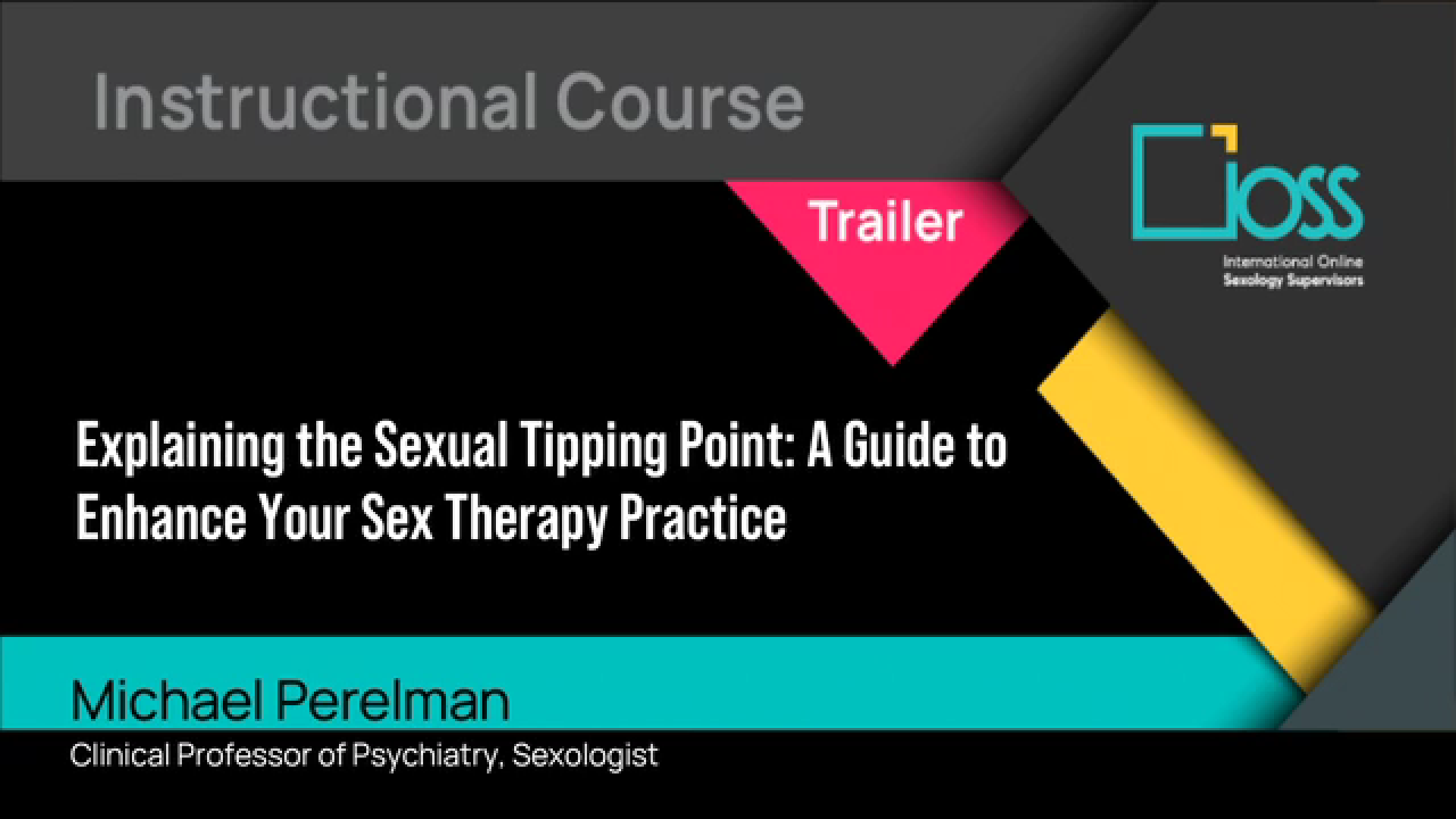 Trailer
Trailer